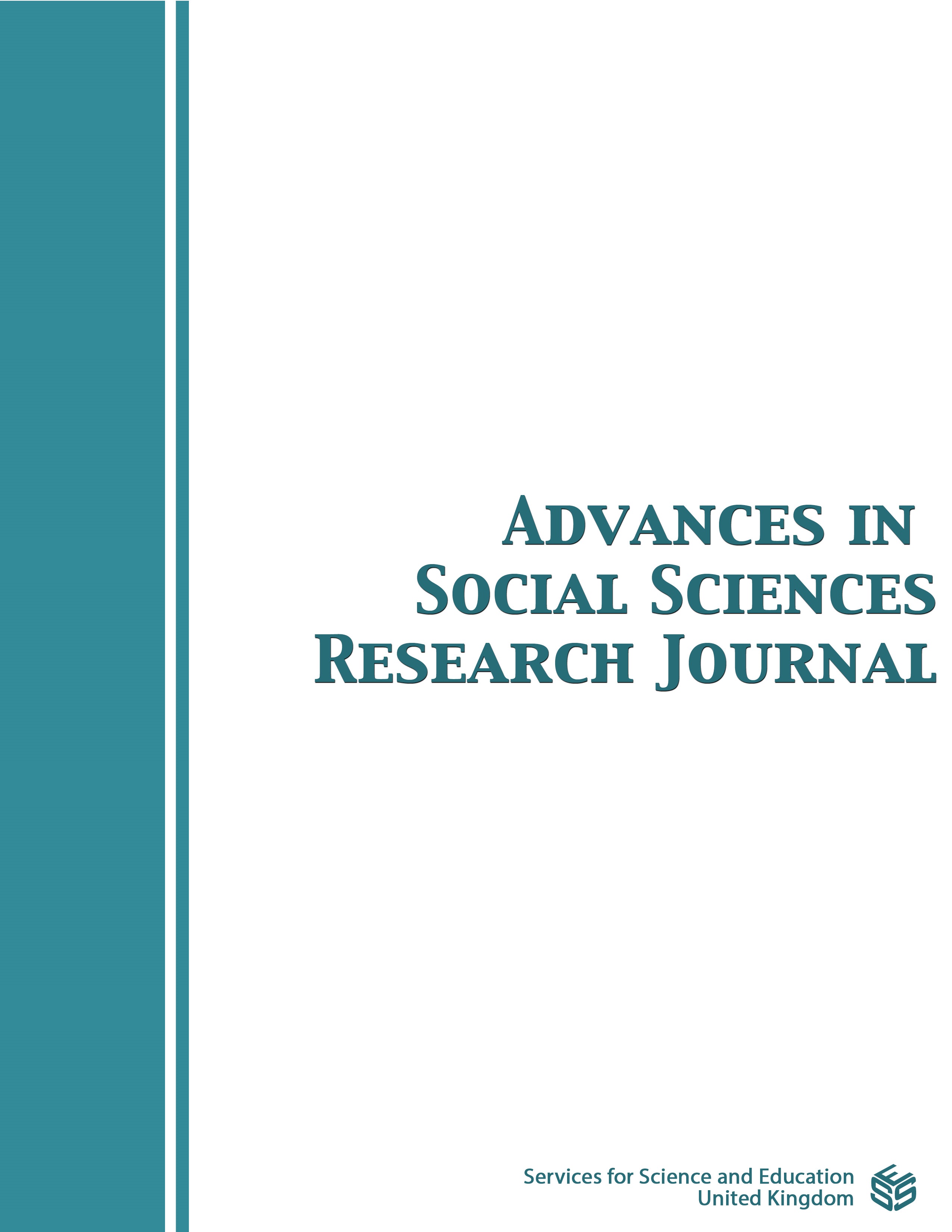The Persistence of First-Generation African American Female Students at Private HBCUs
DOI:
https://doi.org/10.14738/assrj.109.15520Keywords:
historically black colleges and universities, persistence, first-generationAbstract
The purpose of this study was to understand the persistence or lack of persistence of first-generation, African American female students at an Historic Black College and University (HBCU). The study utilized Tinto’s (1975) student integration model for persistence as the foundation for the research questions. Those questions were: 1) How does pre-entry attributes influence the persistence of first-generation African American female students? 2) How does academic integration influence the persistence of first-generation African American female students? And 3) How does social integration impact the success of first-generation African American female students? Thirteen first-generation African American female students aged 18 to 21 years old, who were juniors or seniors at an HBCU, shared their experiences. Nine themes emerged from this research: socioeconomic factors, support systems, academic preparedness, faculty and staff engagement, academic and financial support, and campus resources and support services. This study found that understanding and addressing the socio-cultural dynamics of these students can contribute to the development of targeted interventions and support mechanisms for this population. In addition, socioeconomic factors, such as income level, parental education, and financial resources, often provide distinct hurdles in terms of academic
preparedness for college-level coursework. Active engagement by faculty and staff with these students improves their sense of belonging, promotes emotional wellbeing, and furthers academic success. Finally, academic and financial support can address the specific issues and barriers that these students commonly face.
Downloads
Published
How to Cite
Issue
Section
License
Copyright (c) 2023 Sylvia D. Griffin, Walter A. Brown

This work is licensed under a Creative Commons Attribution 4.0 International License.
Authors wishing to include figures, tables, or text passages that have already been published elsewhere are required to obtain permission from the copyright owner(s) for both the print and online format and to include evidence that such permission has been granted when submitting their papers. Any material received without such evidence will be assumed to originate from the authors.






